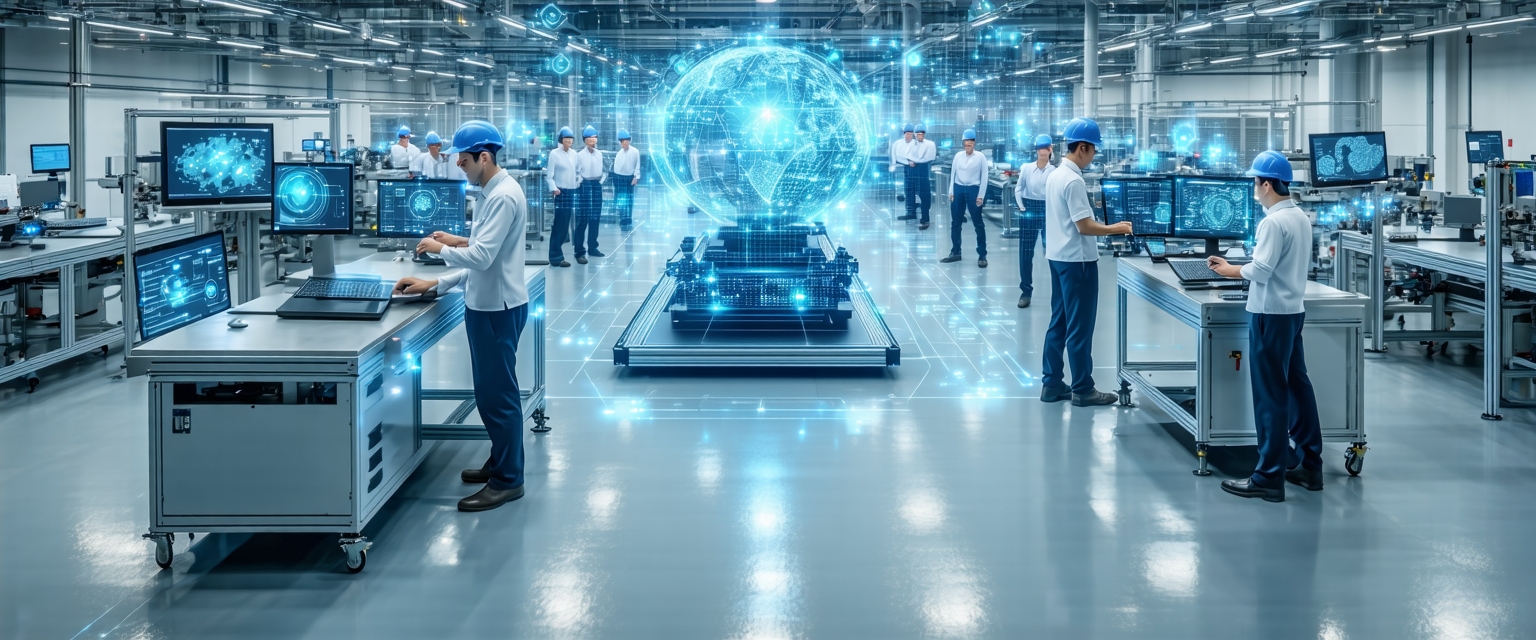






Smart manufacturing, the integration of digital technologies into industrial processes, is rapidly transforming how goods are produced. Driven by advancements in computing power, data analytics, and connectivity, this paradigm shift promises increased efficiency, flexibility, and resilience for manufacturers. This analytical feature explores the current state of smart manufacturing, examining its key developments, challenges, and future potential.
The rise of smart manufacturing is a direct response to several key factors. Increased global competition demands greater efficiency and agility. Simultaneously, the proliferation of data from various sources within factories created an opportunity to leverage analytics for optimization. The emergence of affordable and powerful technologies, such as Industrial Internet of Things (IIoT) devices, cloud computing, and advanced robotics, further accelerated its adoption.
Recent advancements are pushing the boundaries of smart manufacturing. Artificial intelligence (AI) and machine learning (ML) are being increasingly integrated for predictive maintenance, optimizing production schedules, and improving product quality. Digital twins—virtual representations of physical assets—are allowing manufacturers to simulate and optimize processes before implementing them in the real world. The rise of edge computing is also crucial, enabling real-time data processing closer to the source, improving responsiveness and reducing latency.
According to a report by McKinsey, “companies that have fully implemented smart manufacturing technologies experience a 20-50% improvement in overall equipment effectiveness.” (McKinsey & Company, 2023). Industry experts highlight the crucial role of cybersecurity in protecting the vast amounts of data generated in smart factories. Furthermore, the successful implementation of smart manufacturing requires a significant investment in workforce training and upskilling to manage and maintain these advanced technologies. This is a critical challenge many manufacturers face.
The future of smart manufacturing hinges on addressing several key challenges. High initial investment costs, cybersecurity vulnerabilities, and the need for skilled labor are significant barriers to entry for many companies. However, the potential rewards—increased productivity, reduced waste, improved product quality, and enhanced sustainability—are substantial. The next wave of innovation will likely focus on further integration of AI, advanced robotics, and blockchain technology to create even more resilient, efficient, and responsive manufacturing ecosystems.
“`